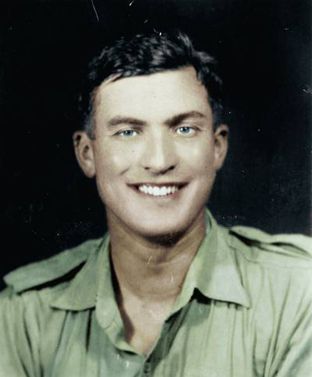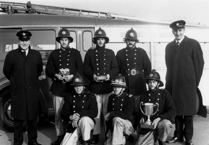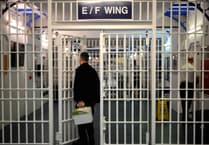It was one of the most daring and iconic missions of the Second World War.
On the night of 16/17 May 1943, 19 Lancaster bombers lifted off from RAF Scampton, bound for the great dams of Germany’s Ruhr Valley. Armed with revolutionary bouncing bombs designed by engineer Barnes Wallis, their mission, Operation Chastise, aimed to strike at the heart of Nazi industrial power.
Among the 133 airmen of the newly formed 617 Squadron, soon to become known as the Dam Busters, was Squadron Leader Melvin ‘Dinghy’ Young.

Recently, his former school, Amesbury in Hindhead, Surrey, paid tribute to his memory. A moving VE Day flypast by the UK’s only airworthy Lancaster bomber brought the past vividly to life for a new generation. Then, on May 16, the anniversary of the raid, the school unveiled a blue plaque in Young’s honour.
Born in Belgravia in 1915, Young was educated at Amesbury, Westminster School, and Trinity College, Oxford, where he rowed in the victorious 1938 Boat Race crew. He trained with the Oxford University Air Squadron and joined the RAF Volunteer Reserve in 1938. Twice forced to ditch his aircraft in the sea, once surviving 22 hours adrift, he earned the nickname ‘Dinghy’.
On the night of the raid, Young piloted Lancaster ED877, ‘A-Apple’. He was in the fourth aircraft to attack the Möhne Dam and the first to score a direct hit. The breach caused catastrophic flooding that devastated German industrial capacity, but 53 British airmen were killed in the raid, while around 1,600 people, many of them enslaved Soviet labourers, perished in the deluge.
Young’s aircraft was shot down over the Dutch coast on the return journey. He and his six crewmates were killed, just 20 minutes from home.
Melvin Young never came back — but at Amesbury his memory still soars.





Comments
This article has no comments yet. Be the first to leave a comment.